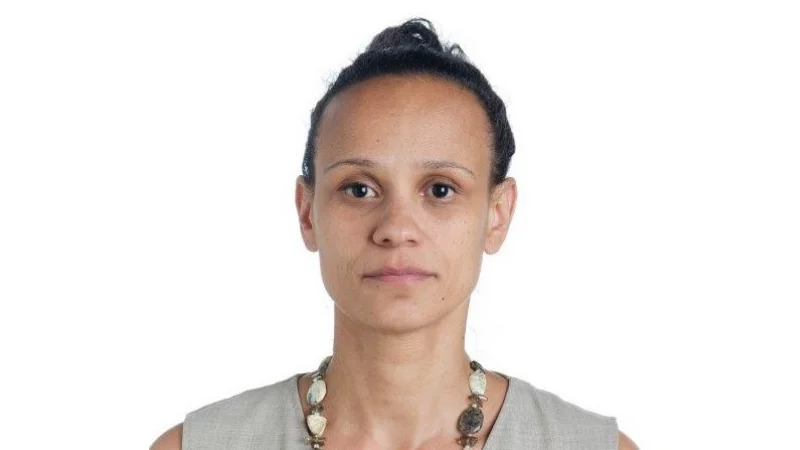An International Monetary Fund (IMF) mission led by Annette Kyobe visited Belgrade from October 22 to 30, 2025, to discuss the Second Review under Serbia’s Policy Coordination Instrument (PCI). At the end of the visit, the IMF staff issued a statement outlining their preliminary findings on Serbia’s economic outlook and policy direction.
According to the IMF mission, economic growth in Serbia has slowed due to both external and domestic challenges. The projected growth rate for 2025 is 2.1 percent, attributed to weaker public investment, reduced foreign direct investment inflows, and lower consumption. Headline inflation had temporarily exceeded the upper bound of the National Bank of Serbia’s tolerance band because of higher food prices resulting from poor harvests but eased to 2.9 percent in September after price and margin controls were implemented on food and household essentials.
The statement forecasts that growth will recover to 3 percent in 2026 as household disposable income rises, credit conditions remain supportive, new manufacturing export capacities come online, and uncertainties related to energy supply are resolved. Inflation is expected to increase moderately next year. The current account deficit is anticipated to widen to about 6 percent of GDP before stabilizing, while foreign exchange reserves are likely to stay at comfortable levels.
Risks remain tilted downward. “A protracted resolution of NIS and domestic political tensions could weaken economic activity,” according to the IMF staff. However, these risks are mitigated by substantial fiscal and external buffers such as high foreign exchange reserves, government deposits, a resilient banking sector, and moderate public debt.
The IMF emphasizes maintaining prudent macroeconomic policies: “Maintaining prudent macroeconomic policy is essential to safeguarding credibility while preserving policy space to respond to shocks.” The authorities have set a fiscal deficit ceiling at 3 percent of GDP as a key anchor for balancing spending needs with investments.
Efforts are ongoing in public investment management through improved cost-benefit analyses and stronger procurement practices. The Serbian authorities are also working toward greater fiscal transparency with steps including preparing their first tax expenditure report and publishing more data on mineral resources, state-owned enterprises (SOEs), and municipal finances.
In the energy sector, reforms continue but further action is needed for financial sustainability among energy SOEs. Serbia plans several important energy investments; prioritizing cost-effective projects will be important for economic performance and energy security.
Monetary policy remains appropriate for supporting macroeconomic stability despite temporary price fluctuations. As controls on prices phase out—expected by end-February—the authorities intend vigilance against potential inflation risks.
“The IMF team would like to thank all their counterparts for their hospitality and open and constructive discussions,” concluded the statement.

